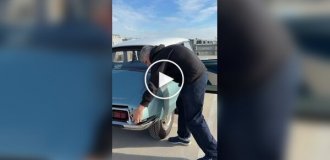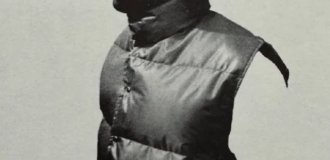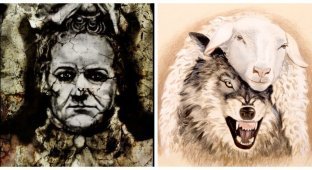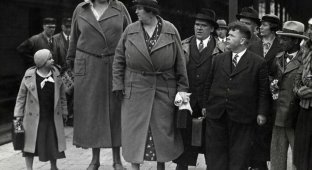British Amelia Elizabeth Dyer was born the fifth child in 1836 to a self-sufficient English family of Samuel and Sarah Hobley.
She had three older brothers and a sister. She was taught to read and write from an early age, so she enjoyed reading books.
But Amelia's adolescence was not without its cloudiness, as her mother suffered from bouts of madness after a serious illness. 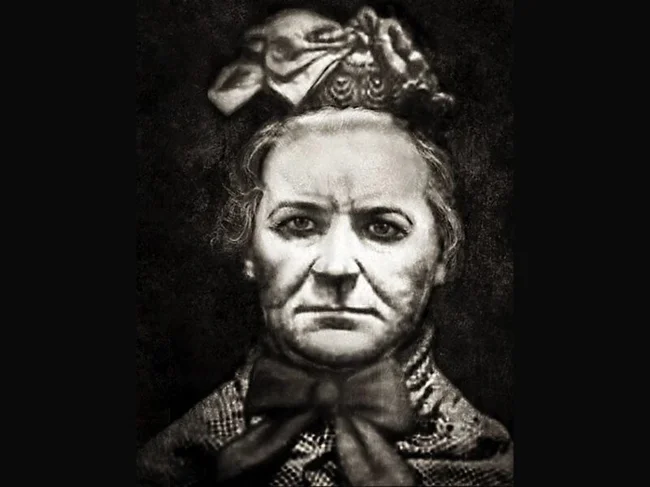
Photograph of Amelia Elizabeth Dyer taken in 1893
Watching and caring for her sick parent left its mark on her while she was alive until 1848.
After her mother's death, the girl first lived with her aunt, then she was sent to a workshop to learn the craft of corsetry.
In 1859, her father died, and in 1861, Amelia moved to a flat on Trinity Street in Bristol, and there she married 59-year-old George Thomas, who was old enough to be her father.
Then she studied medicine, and there she met midwife Ellen Dane, who taught Amelia how to earn easy money in private "baby farming" establishments, where young pregnant women found temporary shelter as a result of their dissolute lifestyle.
After the birth of babies, women left their children to be cared for at the shelter for a certain fee with the aim of future adoption of the child by foster parents, but there was no control over the execution of the order, so unscrupulous guardians often starved the children, some babies often died of hunger.
In Victorian England, there was such a phenomenon as "baby farming", the owners of these establishments acted as intermediaries in the adoption of illegitimate children or took on their support, but for a certain fee from the parent.
Undoubtedly, the intermediary offices extracted financial benefits from the immoral parent, who paid a one-time or periodic fee for the guardian's silence ("baby farmer"), for the maintenance and adoption of an illegitimate son or daughter into a foster family.
The amount of payment from rich libertines could be 50-80 English pounds, and from poor women they took 5-10 pounds.
Among such guardians there were unscrupulous servants who saved the money allocated for the maintenance of children, so the babies were often malnourished, and some of them often died of hunger.
Particularly noisy babies in the orphanage were given alcohol or a drug containing opium to calm them down. With the latter, many children died from an overdose of the drug, and the cause of death was recorded in the death certificate and journal as "weakness from birth", or "lack of breast milk", or "hunger". 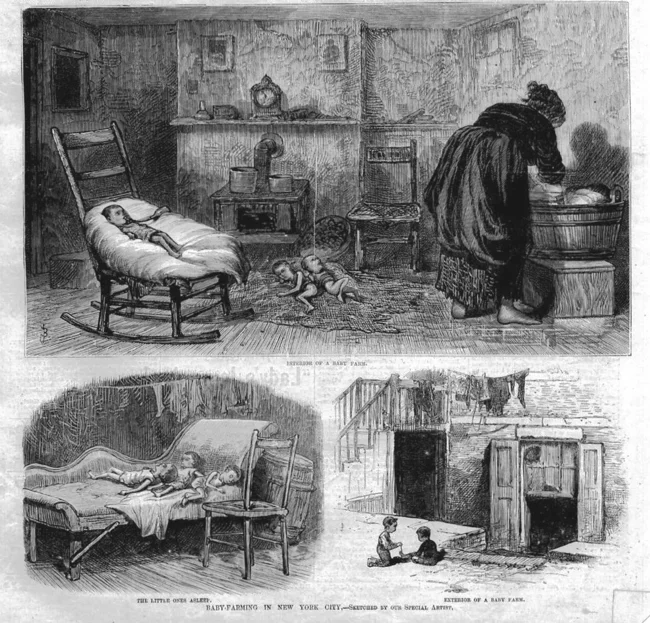
Drawing "Baby farming" or a private orphanage. Late 19th and early 20th century
Amelia used the practice she gained in her own business.
She lured clients to the enterprise through an advertisement in printed newspapers, business was going well.
After some time, Amelia suddenly changed her policy, refusing to spend money on the maintenance of children, deliberately starved the children, and then, after receiving guardianship, killed the child.
She appropriated the money for the maintenance and care of the children, and sold the child's clothes and shoes to a pawnshop.
There is a popular proverb "no matter how long a rope twists, there will be an end", and this is what happened in 1879, when a doctor who was often called to the house suspected something was wrong.
Amelia was arrested, but not for murder, but for negligence, and sentenced to 6 months of hard labor.
After hard labor, Dyer worked for some time in a "yellow house", and there she even managed to "get treatment" as a patient, pretending to be mentally ill.
Later, she became addicted to alcohol and to drugs containing opium.
In 1890, Amelia's governess approached her with a request to temporarily look after an illegitimate child, but something went wrong here too.
The governess went to see her guardian and discovered that a completely strange child was lying in front of her.
A huge scandal ensued, the police were called, and Amelia feigned madness in front of the public, drinking two bottles of opium tincture, but the suicide did not take place, as the body, accustomed to the use of drugs, developed immunity to opium, so she remained alive.
The events that took place did not bring Dyer to her senses, she continued to conduct dirty business, but now the child killer did not call doctors to the house to draw up a death certificate, but got rid of the corpses of babies.
Fearing the police, she and her family often moved from one city to another, introducing herself to people under other names.
So, in 1896, a certain Evelyn Marmon gave birth to a daughter, Doris, in a boarding house, then decided to keep the child with a guardian with the idea of getting her daughter back in the future.
Through the ad, she contacted Dyer, who promised the young mother good conditions in exchange for 10 pounds and a box of children's clothes. Evelyn agreed.
Having received 10 pounds, Amelia strangled the child with a sewing ribbon, part of the received clothes went to pay the owner for the rent of the house, the children's shoes went as a gift to the owner's little daughter, and the rest of the things went to a pawnshop.
The next day, a 13-month-old boy, Harry Simmons, was brought in, she strangled him with the same ribbon as Doris Marmon, then she placed the two small corpses in a suitcase with bricks and drowned them in the River Thames. 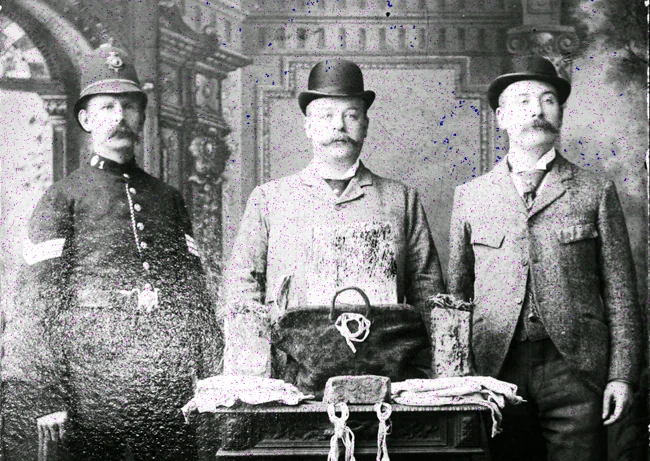
A suitcase with evidence found in the river
Almost a month later, a sailor from a barge pulled a package from the Thames, in which he found the body of a little girl, identified as Helen Fry.
The police examined the items found in the package, interviewed witnesses, and all the traces they found led to Dyer.
The detectives put the villain under surveillance, then set a trap with a new client, into which Dyer fell with her criminal trade.
On May 22, 1896, Amelia Dyer pleaded guilty only to the murder of Doris Marmon, but eyewitness testimony and items found in the house proved that there were many.
The serial child killer was hanged on June 10, 1896, at 9 a.m. During the investigation, it was assumed that the serial killer, who had been operating for 20 years, could have killed more than 400 children.
Despite the tightening of British laws related to the adoption of children, the activities of "children's homes" continued and the murders of children by unscrupulous guardians did not stop.
Thank you for reading. Peace and goodness to all.
Add your comment
You might be interested in:







